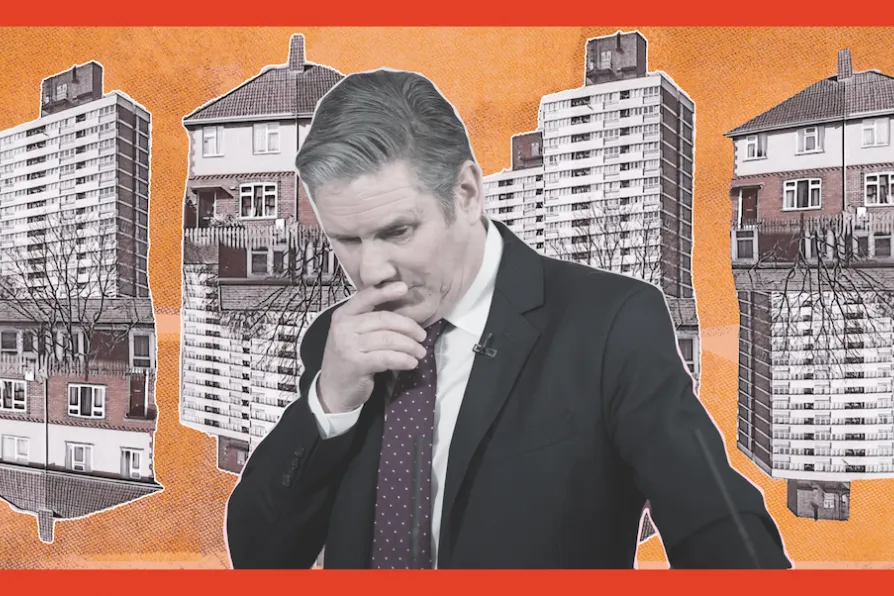From London’s holly-sellers to Engels’s flaming Christmas centrepiece, the plum pudding was more than festive fare in Victorian Britain, says KEITH FLETT


KEIR STARMER has pledged to “bulldoze” opposition to his target for the next Labour government to build 1.5 million homes in its first five years in power.
He says it will also create five post-1945-style new towns. Angela Raynor has talked about the importance of social housing in her life and her intention to reform private renting, including abolishing “no-fault” evictions.
At least the Labour Party has finally recognised the political importance of housing. The problem is we’ve heard most of it before: tried and failed policies that don’t go to the root of the problem and could make a bad situation worse.

Our housing crisis isn’t an accident – it’s class war, trapping millions in poverty while landlords and billionaires profit. To solve it, we need comprehensive transformation, not mere tokenistic reform, writes BECK ROBERTSON

From Gaza complicity to welfare cuts chaos, Starmer’s baggage accumulates, and voters will indeed find ‘somewhere else’ to go — to the Greens, nationalists, Lib Dems, Reform UK or a new, working-class left party, writes NICK WRIGHT

GLYN ROBBINS celebrates how tenant-led campaigning forced the government to drop Pay to Stay, fixed-term tenancies and council home sell-offs under Cameron — but warns that Labour’s faith in private developers will require renewed resistance

ALAN SIMPSON warns that Starmer’s triangulation strategy will fail just as New Labour’s did, with each rightward move by Labour pushing Tories further right











